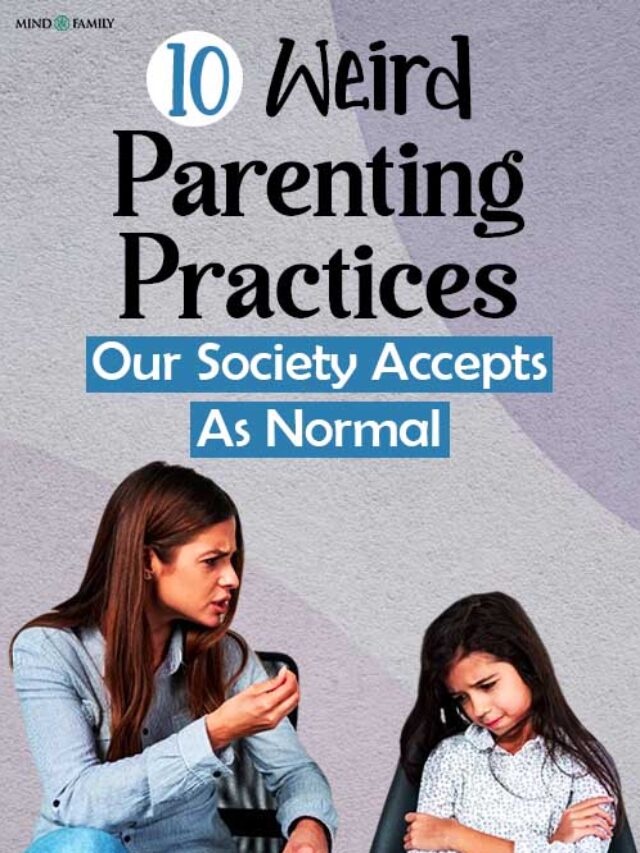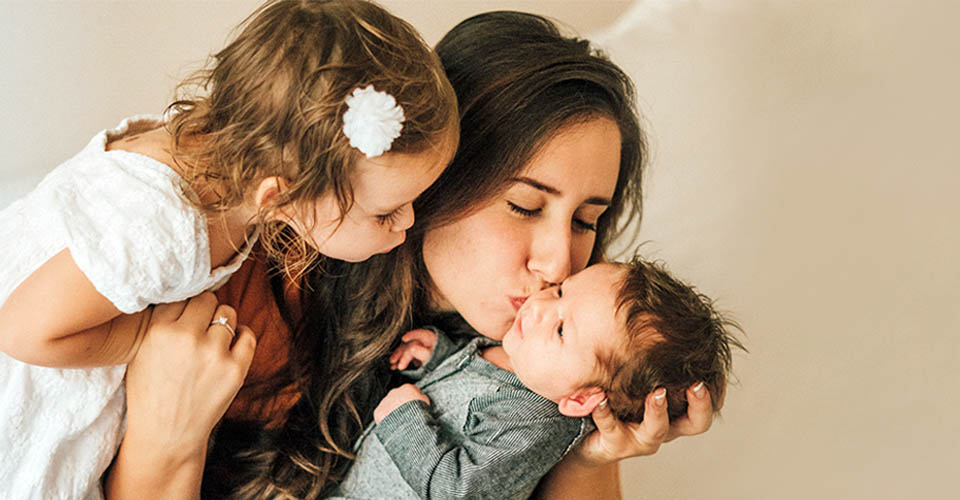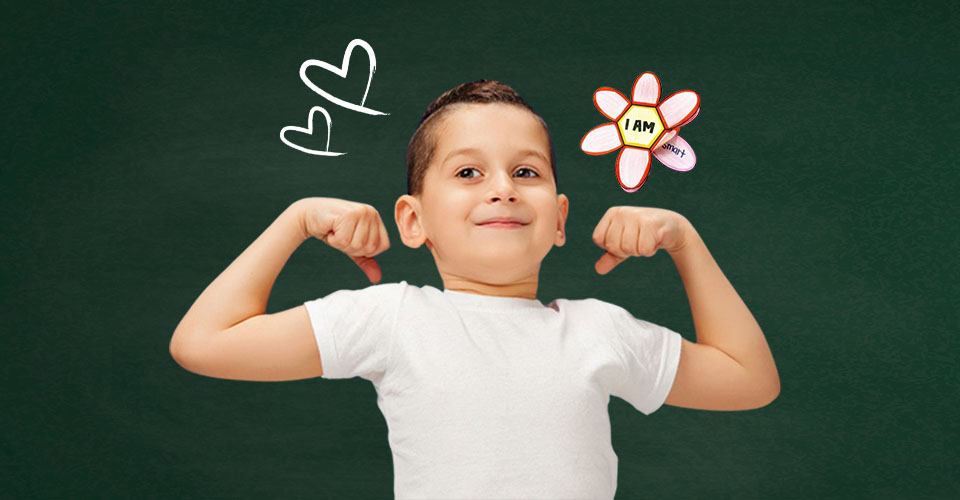In today’s fast-moving world, it’s more important than ever to help our kids see the good in life.
As parents, we might wonder how to start teaching kids gratitude with everything else we have to do. But the truth is, helping our kids appreciate what they have can make them happier and more caring people.
This article gives parents ten easy ways of raising grateful children. We talk about simple things like showing gratitude ourselves, saying what we’re thankful for at dinner, helping out in our communities, writing thank-you notes, and more.
Each tip is easy to follow and can make a big difference.
Surprising Benefits Of Teaching Kids Gratitude
Teaching gratitude to children can be a powerful tool. It enriches their lives in profound ways. If we instill a sense of thankfulness early on, we can help shape their perspectives towards a more positive and fulfilling life.
Here are five great benefits of teaching kids gratitude:
1. Fosters Emotional Well-being and Reduces Negative Feelings:
Introducing teaching kids gratitude helps them develop a buffer against negative emotions such as envy, resentment, and regret.
By learning to appreciate what they have, children can shift their focus away from what they lack which is crucial for the development of happiness and contentment.
Gratitude exercises such as reflecting on positive daily events or writing thank-you notes can significantly decrease the risk of depression and anxiety. Teaching kids gratitude helps them to appreciate the good in life.
Read More: 10 Effective Ways to Develop Emotional Intelligence in Children
2. Strengthens Social Relationships and Encourages Empathy:
Gratitude is not just a personal virtue; it’s also something that bridges individuals to their community. Raising grateful children helps them acknowledge the value of others’ actions and develop a deeper understanding and appreciation for those around them.
This acknowledgment leads to stronger relationships where people feel supported by each other. Children who practice gratitude are often seen as more generous and kind which attracts friendships in an inclusive environment.
By valuing and expressing thanks for others’ contributions to their lives, children also learn the importance of reciprocating that sentiment – this lays the foundation for lasting social bonds.
3. Promotes Positive and Resilient Mindset:
Teaching children to count their blessings rather than burdens instills inherent optimism that helps them view challenges as opportunities and setbacks as temporary hurdles no matter how grim reality may seem at times.
Teaching kids gratitude encourages resilience giving way to bouncing back from adversities with a strengthened spirit. The practice trains the brain to be more attuned to the brighter aspects of life paving the way for a hopeful attitude of determination when facing future obstacles.
4. Encourages Healthy Physical Habits and Well-being:
The benefits of teaching kids gratitude extend to physical health as well. Children who practice gratitude show greater appreciation for their bodies and health often leading them to healthier lifestyle choices.
They are more likely to engage in physical activities, choose nutritious foods, and maintain regular health check-ups. This proactive approach reduces the prevalence of physical ailments to improve overall well-being as a whole.
Gratitude enhances sleep quality as well; children who reflect on positive experiences before bed worry less and get better sleep which contributes to healthy living.
5. Enhances Academic Motivation and Achievement:
When children feel grateful for educational opportunities and appreciate the support of teachers and peers, it fosters a conducive learning environment around them – this then leads to improved academic motivation.
Grateful children participate more, take on challenging tasks, and persevere through difficulties. All these things enhance their academic performance while instilling lifelong love for learning.
Moreover, gratitude develops critical soft skills such as patience, humility, and teamwork which are invaluable in educational settings and beyond.
By showcasing the good in their lives alongside the contributions of others they can grow into well-rounded individuals who are empathetic with determination toward life challenges.
Read More: Supporting Children Through Divorce: 10 Helpful Tips For Parents!
10 Tips For Raising Grateful Children
Teaching kids gratitude can seem like an insurmountable task. But, through these steps, you’ll be on the right track to growing a heart full of gratitude in your children.
These tips are to be done and talked about extensively for better understanding:
1. Model Gratitude Yourself:
Children are mirrors. They reflect our behaviors, and attitudes, and even down to how we talk about people when they aren’t around.
Showing consistent signs of gratitude in your life – whether it’s for opening doors or having a comfortable place to live – lets them know that saying thank you is important beyond measure.
Children must hear their folks say “thank you,” more often than not, and with genuine warmth behind it too! Let them know why you feel so thankful for the things that you do; this will teach them that good vibes extend far beyond material possessions.
2. Create a Gratitude Ritual:
Gratitude seems like such a high-end abstract concept to children, but there’s one way to make it tangible: involve everyone in a family ritual centered around it!
Teaching kids gratitude could be something as simple as circling the dinner table each night sharing what everyone is grateful for or even creating a little jar where each person can drop notes of appreciation that will all be read aloud once the week ends!
These rituals make gratitude into something familiar that can still be shared with others, constantly reminding us of its importance.
3. Volunteer and Give Back Together:
“People always went above and beyond for us, so now we have to do the same.”
Through these experiences, children can see firsthand just how tough life sometimes gets, which fosters empathy and a much bigger appreciation towards their circumstances.
Participating in community service projects or charity events is nothing short of amazing because not only does it help those who need it most but also presents lessons majorly rooted in gratitude.
4. Encourage Thank-You Notes:
The act of writing thank-you notes goes way beyond just good manners. It’s a moment of personal reflection on someone’s kindness and the effort behind it.
If children start to write notes here, they’ll soon learn how to articulate their appreciation for anything else that comes their way. This practice helps them understand that graciousness is an act towards another person’s thoughtfulness.
5. Teach Through Challenges:
Life isn’t always full of rainbows and butterflies, there are going to be hard times. Raising grateful children builds effective resilience in them.
Kids need to know that even in the worst ones there are still so many things they can be thankful for: lessons learned, strengths developed, or even having loved ones who will never leave their side!
This approach gives kids a solid foundation that no matter what life throws at them, there’s always light at the end of the tunnel.
6. Limit Excessive Materialism:
Everywhere we go we’re faced with constant reminders of new stuff we’d like as humans. But it’s especially important to children because they don’t quite know how to appreciate what they have yet.
They need to learn early on in life that experiences – such as going out with family, connecting with others, or reaching personal goals – far outweigh any material good could ever do; this will give them a deeper sense of satisfaction towards life and its intangible gifts.
Read More: 10 Effective Mental Health-Boosting Activities For Children
7. Encourage Helping Out:
Teaching kids gratitude is important. Not only does it help them feel fulfilled, but it’ll also teach them about teamwork and the importance of caring for others.
When children understand that a home takes effort to maintain, they become grateful for the work that others put in. This is among the benefits of teaching kids gratitude that goes beyond themselves.
They’ll then learn to appreciate everything they have and be more understanding of the world around them. This will let them realize how important working together is in all aspects of life.
8. Stop and think:
Mindfulness encourages attention in the present moment without judgment. Kids need to learn how to appreciate small moments as they happen instead of focusing on what was or could be happening.
Teaching kids gratitude through practices like meditating together, going for walks outside, or even just discussing their day’s highs and lows. These activities can help them find joy in the world and many things to be thankful for.
9. Gratitude stories:
Integrating books into your kid’s daily routine will expose them to different scenarios where their favorite characters express gratitude. According to experts, it’s an effective way of raising grateful children.
This way you can help your child understand why it’s important to appreciate what we have and give back to others who don’t have as much as us.
10. Praise goes a long way:
Praising your children after they show kindness or appreciation towards others reinforces that behavior. They will want to keep doing good actions because they were recognized for it previously.
Point out how their actions made someone else feel and how good it feels when people are kind back towards you.
Incorporating these 10 tips for teaching kids gratitude into your family life creates a nurturing environment where thankfulness becomes a natural part of daily interactions.
Through these practices, you cultivate a sense of appreciation, empathy, and resilience, fostering stronger bonds and a more positive outlook on life for your children and the entire family.
Read More: How To Defuse Toddler Tantrums Like A Pro? A Step By Step Guide!
A Word From Mind Family
Gratitude is not merely a concept; it’s a way of life. As a family, we have the power to weave it into the very fabric of our daily existence.
By embracing the benefits of teaching kids gratitude, we embark on a journey of profound transformation, one that extends far beyond ourselves and reaches into the hearts of those around us.
In cultivating a mindset of thankfulness, we instill in our children a deep appreciation for the blessings in their lives, both big and small.
Through simple rituals like expressing gratitude at the dinner table or volunteering together in our community, we teach them the invaluable lesson of empathy and the joy of giving back.
So let us come together as the Mind Family, united in our commitment to fostering gratitude, empathy, and resilience. Together, let’s build a future filled with compassion, kindness, and boundless gratitude.
Frequently Asked Questions (FAQs)
1. What are the benefits of teaching kids gratitude?
Teaching kids gratitude fosters emotional well-being, strengthens social relationships, promotes resilience, encourages healthy habits, and enhances academic motivation and achievement.
2. What are some tips for raising grateful children?
Tips include modeling gratitude, creating rituals, volunteering together, encouraging thank-you notes, teaching through challenges, limiting materialism, encouraging helping out, practicing mindfulness, sharing gratitude stories, and praising kindness.
3. What age can children understand gratefulness?
Children as young as toddlers can begin to understand gratefulness through simple gestures and language, but their comprehension deepens as they grow older and develop cognitive skills.


















Leave a Reply